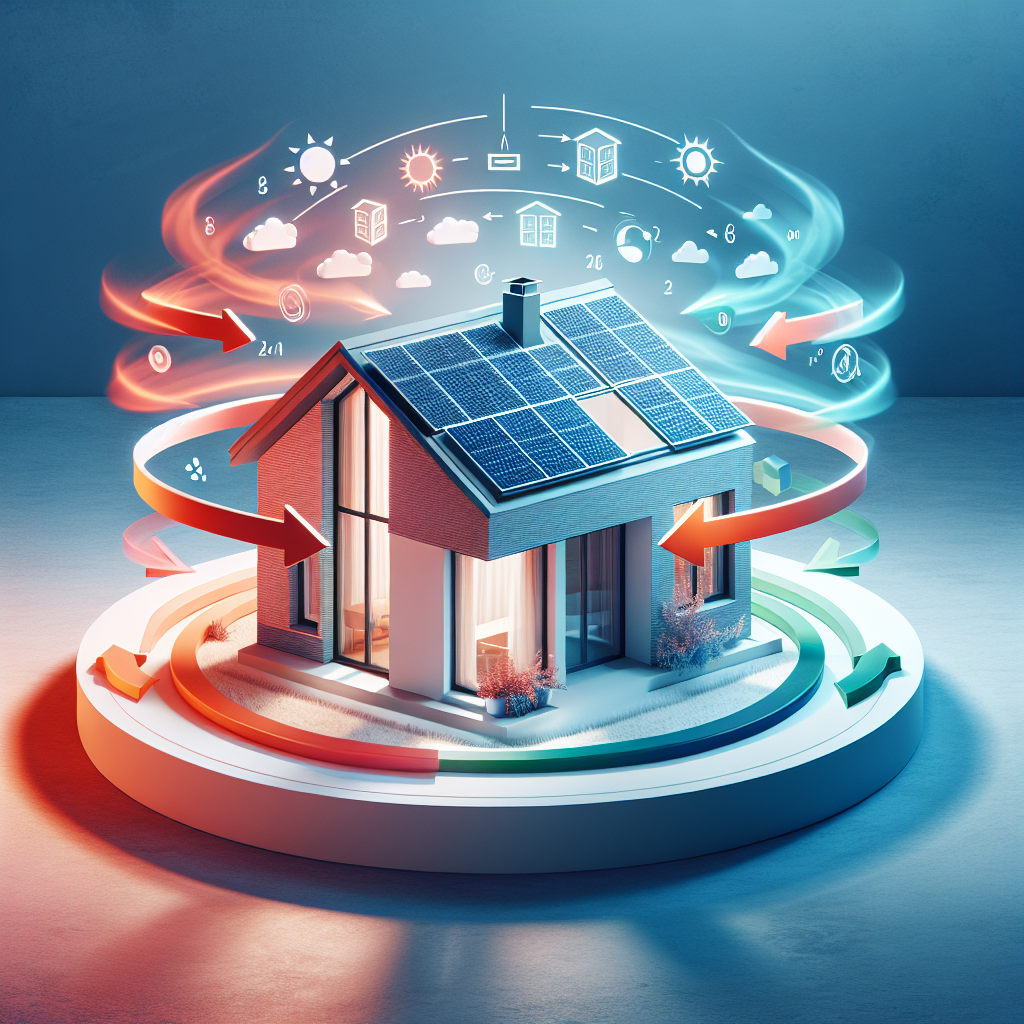Your cart is currently empty!
The Relationship Between Ventilation and Energy Efficiency

Ventilation plays a crucial role in maintaining a healthy and comfortable indoor environment, but it also has a significant impact on energy efficiency. The relationship between ventilation and energy efficiency is a complex one, as the two are often seen as competing priorities. However, with the right design and technology, it is possible to achieve both a well-ventilated space and energy savings.
Proper ventilation is essential for removing indoor air pollutants, controlling humidity levels, and preventing the buildup of harmful gases such as carbon monoxide. Inadequate ventilation can lead to poor indoor air quality, which can cause a range of health issues including respiratory problems, allergies, and headaches. On the other hand, excessive ventilation can lead to energy waste by allowing conditioned air to escape and requiring more energy to heat or cool the space.
One of the key factors in balancing ventilation and energy efficiency is the use of energy recovery ventilation (ERV) systems. These systems are designed to exchange heat and moisture between the incoming and outgoing air streams, reducing the need for heating and cooling. By recovering energy that would otherwise be lost, ERV systems can significantly reduce energy consumption while still providing adequate ventilation.
Another important consideration is the use of demand-controlled ventilation (DCV) systems, which adjust ventilation rates based on occupancy levels and indoor air quality. By only providing ventilation when it is needed, DCV systems can help to minimize energy waste while still maintaining a healthy indoor environment. In addition, the use of smart ventilation controls and sensors can further optimize ventilation and energy efficiency by adjusting ventilation rates based on factors such as outdoor air quality and temperature.
Properly sealing and insulating a building envelope is also essential for both ventilation and energy efficiency. A well-sealed and insulated building envelope helps to prevent air leakage, reducing the need for excessive ventilation and improving energy efficiency. By minimizing heat loss and air infiltration, a tight building envelope can help to maintain a comfortable indoor temperature and reduce energy costs.
In conclusion, the relationship between ventilation and energy efficiency is a complex one, but with the right design and technology, it is possible to achieve both a well-ventilated space and energy savings. By incorporating energy recovery ventilation systems, demand-controlled ventilation systems, and smart ventilation controls, building owners can optimize ventilation and energy efficiency to create a healthy and comfortable indoor environment while minimizing energy consumption. Proper sealing and insulation of the building envelope are also essential for reducing energy waste and improving overall energy efficiency.

Leave a Reply